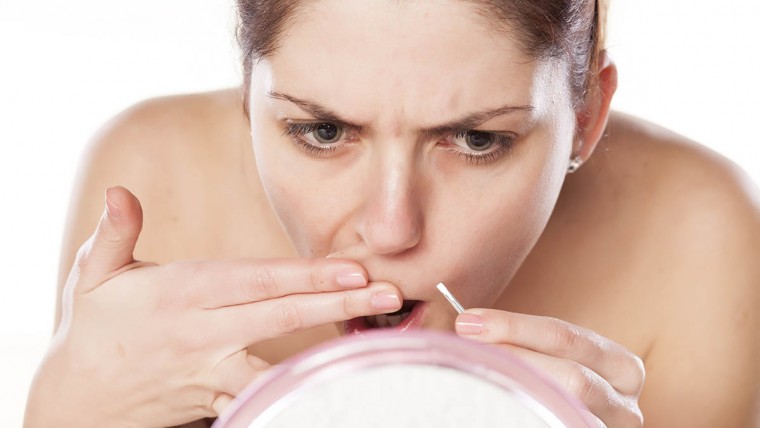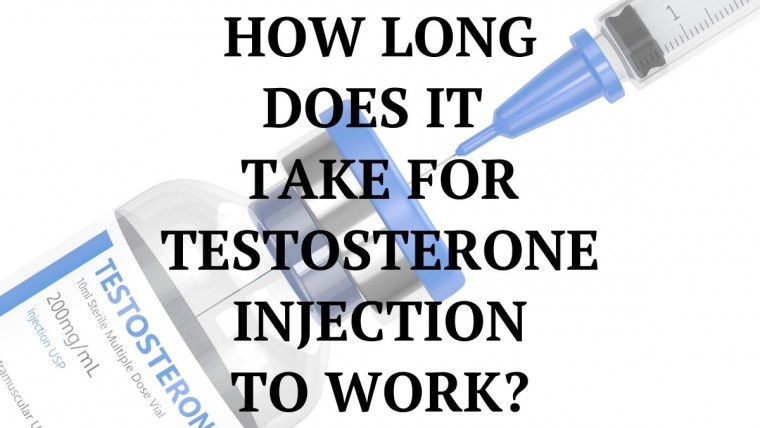In this article
Traditionally, testosterone was regarded as “the male hormone”, largely responsible for the normal development of external as well as internal reproductive or sex organs in males.
With research through the decades, the role that testosterone plays, also in human female development, has become much more known and appreciated.
Unlike in the male body, where this androgen is produced in the testicles, the female’s adrenal cortex and ovaries, from puberty and onward, are responsible for producing this hormone. Together with estrogen, testosterone determines the development of female sexual development.
In the female body, secretions of testosterone are usually in small doses and are highly controlled
Testosterone aids in the building of bone mass, even the development of reproductive tissue, and even normal behavioral patterns. The presence of this hormone at balanced levels is therefore beneficial and positive to and for women’s bodies.
However, high female testosterone levels can result in mild to severe health complications the same as high testosterone levels in men. These health issues may require short to extended medication and may require proper examination by a physician.
Also, it is hoped that at the end of this discourse, simple diagnoses of the problem through common symptoms or indications will be possible, promoting early and efficient treatment.
What levels are normal for woman?
As already mentioned, normal T levels in women tend to be on the lower end of the testosterone chart, especially standing beside male levels.
Although factors such as age, body type, and even diet may affect what is normal for each woman, still there are accepted general levels.
The graph below shows what can be considered normal levels divided by age.
| Age range | Testosterone levels in ng/dl (nanograms per deciliter) |
| Age 10 to age 11 | Below 7ng – 44ng |
| Age 12 to age 16 | Below 7ng – 75ng |
| Age 17 to age 18 | 20 ng – 75ng |
| Age 19 and above | 8ng – 60ng |
Women with high T levels can only know this for sure through a blood test administered by qualified medical personnel.
Contact our physician here to get a free consultation on the diagnosis and treatment of high testosterone in women.
What causes high testosterone in women?
So, having determined the undesirability of abnormal testosterone levels in women, proactive measures are necessary to avoid this.
That being said, one way to bring about a balanced testosterone level would be to know what can cause a spike in the first place.
High testosterone in the blood is brought about usually by underlying medical conditions:
- Hirsutism. This is a genetically engineered condition that triggers hormonal imbalance. Sufferers commonly exhibit male-like hair growth in the chest, back areas, as well as facially.
- CAH (Congenital Adrenal Hyperplasia). CAH is also a genetic condition that affects how the Adrenal glands secrete DHEA, testosterone, aldosterone, and cortisol. Sufferers of CAH cannot produce a vital enzyme that helps in controlling hormones. The result is that too much testosterone and too little cortisol is produced.
CAH can present as either classic CAH, which is serious, or non-classic CAH, which is not as serious
- Polycystic Ovary Syndrome (PCOS). The exact cause of PCOS is currently unknown. It may be though that it is linked in some way to high levels of insulin, higher than normal levels of androgen and genetics. PCOS is a fairly common hormonal condition today, affecting between 2,2% and 26% of women still in the childbearing age range.
Signs and Symptoms of high testosterone in women
While professional medical help should be sought in any accurate diagnosis and treatment of exceptional female testosterone levels, it is possible to reach a more immediate and preliminary conclusion through observation of signs and symptoms that accompany this condition.
Certain internal and external indicators that a woman may be dealing with excessive production are:
- Abnormal body hair growth, especially facially, on the back and chest areas.
- The female could also develop a deeper sounding voice
- Increased incidence of acne
- Baldness, especially baldness that follows male patterns
- Irregular periods are also a red flag when dealing with high testosterone in women
- A woman with this condition may have enlargement of the clitoris and also smaller breasts
- Mood changes resulting in depression and anxiety
- Loss in libido or sexual appetite
- Thinning hair
You need to note that anyone of these symptoms may not be adequate grounds for suspecting excess testosterone in a woman but taken together, they do give cause for further investigation by a qualified doctor.
How to diagnose high T levels in women
Fortunately, the current state of medical science is able to quickly diagnose women with high T issues. Diagnose must be done by suitably qualified physicians or endocrinologists.
It is noteworthy to point out that not even the above symptoms or signs are sufficient reasons for a diagnosis of high testosterone in a woman.
The attending physician will usually conduct the examination in the following stages:
- Physical examination
- An investigation into your general psychological and sexual health
- A testosterone test comprising a test of the patient’s blood
Physical Examination. The doctor will look at symptoms like facial hair growth, acne, hair thinning, elongation of the clitoris, and other physical signs that accompany the condition. Symptoms such as a deepening voice and menstrual cycle particulars may also be considered physical and will fall into the scope of the examination.
An investigation into your general psychological and sexual health. Depression, anxiety and a decrease in libido resulting in a loss of sexual interest will be areas of your psychological state, as well as sexual health that your doctor will be concerned about. Mood swings and reduced sexual desire are some of the first pointers to a problem in this area.
A testosterone test comprising a test of the patient’s blood. A proper diagnosis is incomplete without a blood test to determine the level of testosterone present in a deciliter of blood. For the average woman, 15-70ng per deciliter of blood is considered to be normal. The morning is the ideal time to do a blood test. Certain medications may affect readings so patients need to be upfront about all medications they may be on at the time.
How to lower testosterone in women
If the above tests to diagnose a high T level, an investigation of underlying medical conditions may become necessary. This could lead to the discovery of a genetic cause for the condition.
When a successful diagnosis has been done, the next stage will be to seek means to lower T level in the body.
The methods to do this will include medical treatment, dietary and lifestyle methods
Medical treatment
Treatment to lower high testosterone can take the form of medications. Such medication could include:
- Glucocorticosteroids. This is a steroid hormone that works at decreasing inflammation that occurs in the body.
- Eflornithine. This is applied as a cream. The main function is to retard facial hair growth.
- Progestin. This hormone acts to regulate the menstrual cycle and also works to improve fertility.
- Oral contraceptives have also been known to be used to treat high female testosterone levels. Administering oral contraceptives acts by blocking excess testosterone. The most effective types usually contain gestodene, norgestimate, and desogestrel in small doses.
Oral contraceptives are not suitable for women who are attempting to start a family or have more children immediately
- Metformin. It has been used to treat type 2 diabetes.
- Spironolactone. This is basically a diuretic and acts by reducing both water and salt levels in the body. It may also deal with abnormal body hair.
Dietary and lifestyle methods
Different experts would recommend you to take a food that will lower testosterone in an attempt to reduce your high testosterone by simply adding some products into your diet.
- Alcohol.Although not conclusive, Alcohol is thought to cause a reduction in testosterone levels.Some studies, however, show negative results in women and showed an increase in testosterone levels.
- Soy-based products and Soy. Phytoestrogens contained in Soy act just like estrogen to reduce testosterone.
- Nuts. Certain nuts like almonds contain SHBG, a protein that binds testosterone.
- Licorice root. Some studies have shown that licorice roots may act in reducing hormones, including testosterone. This is, however, distinct from licorice candy which does not usually contain licorice roots.
- Vegetable oil. From cottonseed oil to canola and corn, vegetable oil contains polyunsaturated fatty acids which are dietary fatty acids and discourage the rise of testosterone.
- Flaxseed. Flaxseed contains lignans, compounds present in plants that literally force out testosterone from the body. They also contain omega 3 fatty acids that reduce testosterone.
- Mint. Especially peppermint and spearmint, can affect testosterone levels in women over time.
It is fortunate that women with high testosterone can easily get the diagnosis and treatment they need to live healthy lives. Armed with the info above, you can now make an intelligent and informed decision about this condition.







1 Comment
Margarette
It was fun to read your article. As for women, this article shows me how important testosterone balance in the female body is.